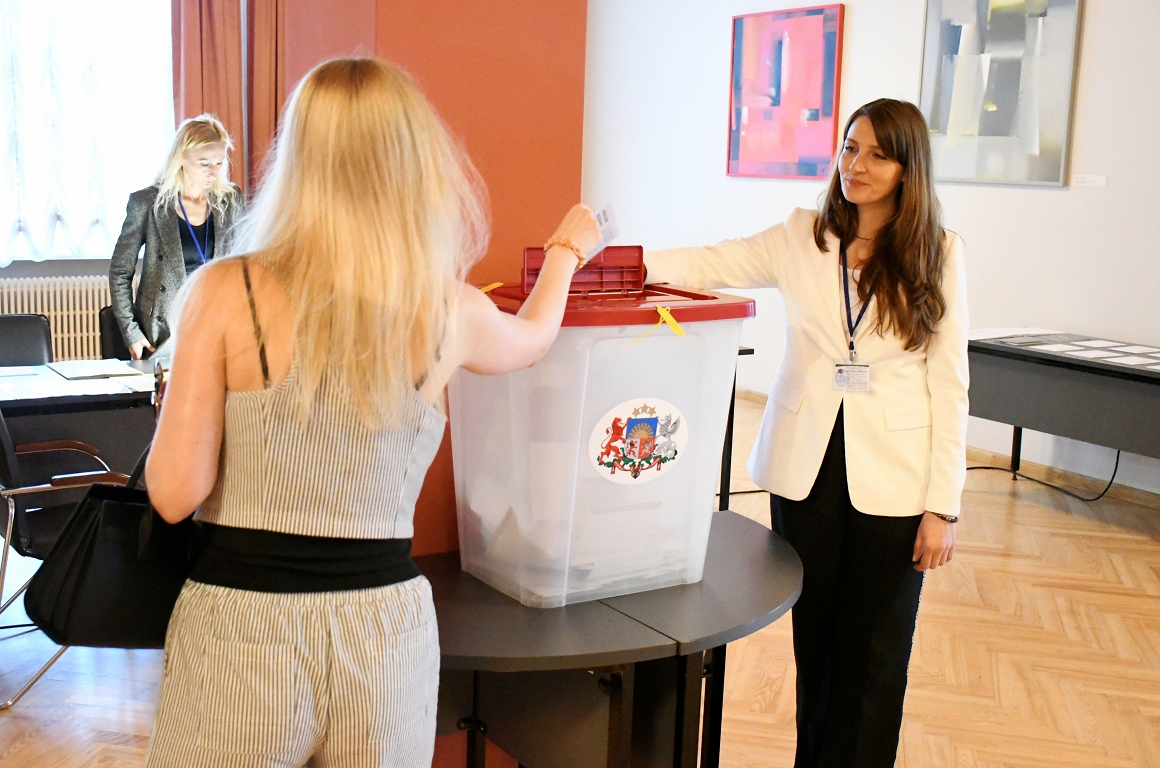Spring awakening: Why nature explodes

Now nature explodes: why is that and where are the hotspots?
The warm days make the flowers bloom and transform Switzerland into a wonderland. A plant expert explains on a tour of how it works and why not all trees bloom at the same time.
« Now nature explodes, » says the fruit builder and looks at his plantation above Lake Constance in bright sunshine. Thousands of trees that were still bare a few days ago suddenly become green.
« At first the cold nights held the vegetation a bit, » explains Hanspeter Schumacher, former head of the Botanical Garden of St.Gallen, on the spring walk through Wattwil. But now there is no stopping.
Schumacher observes hundreds of trees along the River Thur in the Sankt-Gallisches Wattwil and checks their health. The hop beech, which is standing on the river bank, the fruit stands of which resemble hops, still keeps spring hidden – at least for the lay eye. The worm-arranged male hop beech flowers that have overwintered in this state can be seen primarily and what the flower kittens look like the hazelnut.
Lightning -like change
If you look closely, you will notice the slightly spraying female flowers that are now striving to light. So our surroundings now change in a flash with the spring awakening. The vast majority of trees, albeit depending on the species, turn into blooming beauty queens.
If you already want to see a lot of blooming plants, you can travel to Switzerland’s hotspots. Due to the climatic conditions, the plants in the Jura and on the luners near Baden in the canton of Aargau bloom particularly early.
Likewise in the Walensee area, which is therefore also known as Riviera of Eastern Switzerland. The southern St.Gallen Rhine Valley is also part of it, the Randen in the canton of Schaffhausen and Basel. In western Switzerland, Rhoneknia in the border area Waadt/Valais is particularly known for early vegetation.
Who gives the command for spring awakening?
But how do the plants get the sign for transformation? The two plant hormones auxin and cytokinine, which are responsible for the growth and reproduction of the plant, are responsible for the puzzle solution. Cytokinins stimulate the cell division of the plants. For example, the phytohormone auxin manages that the plants do not simply follow gravity, but grow horizontally or vertically.
These hyperactive phytohormones sleep in winter. Life is in the buds that serve to bridge the cold season. The young branches have been present in the shaped form since late summer. If it gets warmer, the phytohormones react, and the bud and wants to drive out.
However, this must not happen too early, not after a mild day in February. In order to prevent this, the plant has built inhibitors after a long cold period, hormones for regulation. If it gets warm and bright, these inhibitors cancel themselves.
If you cut up a flower bud, you can see in addition to the sprout axle and leaf through folded flowers. These now drive out. « Now the crown leaves are becoming advertising boards for insects, » says Schumacher on the exploration.
Bees and bumblebees roam the petals from the stamens, and the fertilized frame blows finally become the pear or apple. However, as Schumacher still adds, half of the local trees are wind pollinators that do not need insects and therefore no striking crown leaves.
Trees take time out of self -protection
For the insects, it is an advantage that not all trees are driving out at the same time. So the food offer lasts longer. However, the trees that later flower take time because of the insects, but out of self -protection.
The bud survives every cold, but if it begins to drive in spring, it becomes very vulnerable. A late frost in April can put on the tree badly. However, the plant is also prepared for this and always has budget replacement in stock. The fruits and thus the harvest can be decimated.

A flowering apple tree in mid -April shortly before the climax.







:format(webp)/s3/static.nrc.nl/images/gn4/stripped/data133280221-bb4cba.jpg)
